1- Introduction
Do you like watching films portraying fantastic characters and dreamy landscapes? Do you enjoy reading books that challenge you to imagine extraordinary situations? If the answer to any of those questions is “Yes, I do”, then you will love this book review!
2- Book Review: The Lord of the Rings
The Lord of the Rings is a fantasy novel written by J.R.R. Tolkien and initially published in n three parts: The Fellowship of the Ring (1954), The Two Towers (1955), and The Return of the King (1955). The novel was a sequel to Tolkien’s The Hobbit (1937) and was succeeded by his posthumous word, The Silmarillion (1977).
The Lord of the Rings saga is set in the Third Age of Middle Earth, where a group of improvised heroes try to save the world from evil. Most of the characters and worlds depicted by Tolkien are product of his own extensive knowledge of philology and folklore.
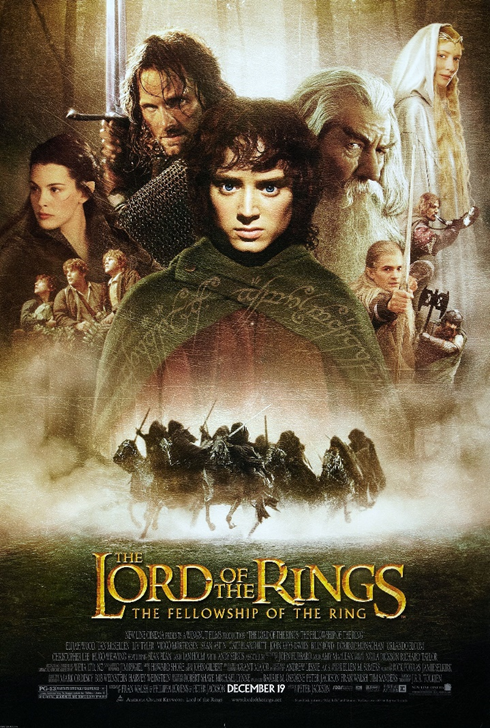
When hobbit Frodo Baggins became an adult (33 years old), he was given a magic ring, which could make anyone invisible, by his uncle Bilbo. Frodo acknowledges that the ring has a mysterious power, which can corrupt the person or creature who possesses it. Also, the ring can control the entire world. Therefore, a fellowship is formed to destroy the ring by throwing it in the volcanic fire of the Crack of Doom, the place where the ring was forged. The fellowship in charge of this mission is formed by hobbits, elves, men, and dwarfs. During the long journey the characters must go through to complete their mission, they are confronted by evil Sauron and his loyal Black Riders (Britannica, 2011).
Although the sci-fi genre had existed for a long time before Tolkien’s opus, The Lord of the Rings and The Hobbit are considered to be the start the sub-genre fantasy fiction, also known as high fantasy.
Tolkien’s creative worlds have not also inspired other writers to create their own fantasy worlds, but also enticed famous director Peter Jackson to turn The Lord of the Rings and The Hobbit into brilliant films.
|
Glossary Philology (noun): the scientific study of the development of language or of a particular language. Folklore (noun): the traditions and stories of a community. Opus (noun): an important piece of literature (synonym for work). Entice (verb): to convince someone to do something (synonym for persuade). |
3- What is science fiction?
Science Fiction, also known as sci-fi, is a genre of speculative fiction that contains a vast diversity of imagined elements, places, and characters which do not exist in the real world, or at least at the present time. Some of the already known themes science fiction explores vary from time travel and life on other planets and involve significant technological and scientific advances.
3.1- The History of Science Fiction Literature
The science fiction genre dates back to the second century A.D. when Greek author Lucian of Samosata wrote the satire A True Story. Lucian was a trailblazer in the exploration of other universes and alien lifeforms; hence, his work is considered to be the first sci-fi novel in history.
During the Age of Enlightenment, 17th and 18th centuries, in Europe the most salient figures of literature, science, philosophy, etc. questioned traditional authority and embraced the idea that humankind could improve through rationality (History, 2020). Thus, Enlightenment is also known as Age of Reason. Many authors reacted to the technological and scientific advancements through different pieces of writing or novels, such as:
– Somnium (written by Johannes Kepler, 1608. Published in 1634) is a fictional story which presents a detailed description of how the Earth would look like as seen from the Moon. Kepler’s work has been considered relevant in terms of lunar astronomy.
– New Atlantis (Francis Bacon, 1627) portrays utopian life in a fictional island called Bensalem, where people are honest and give great importance to the development of science, through the institution called Solomon’s House.
– Comical History of the States and Empires of the Moon (Cyrano de Bergerac, 1657) is a fiction novel narrated by its main character Cyrano, who wants to prove that there is a whole civilization living on the Moon, but their moon is our Earth.
|
Glossary Satire (noun): a way of criticizing a person, idea, or institution in which you use humor to show their faults or weaknesses. Trailblazer (noun): a person who is the first to do or discover something and so makes it possible for others to follow (synonym for pioneer). |
4- Classifying Sci-fi Novels
Science fiction literature works are often classified into two major categories: hard and soft. This distinction is very important to bear in mind when we are looking for a novel to read, or even if we want to write a novel of our own.
– Hard sci-fi literature is based on scientific facts, such as chemistry, astronomy, physics, and so on.
– Soft sci-fi literature is based on either not scientifically accurate facts, or social sciences such as psychology, sociology, anthropology, and so on.

The image above belongs to the film “2001: A Space Odyssey”. The film and novel were developed simultaneously by director Stanley Kubrik and writer Arthur Clarke, respectively.
4.1- Sub-genres of Science Fiction
a) Fantasy fiction: Sci-fi stories which are usually set in an imaginary universe or locations. Characters are often inspired by mythology and folklore that often include elements of magic.
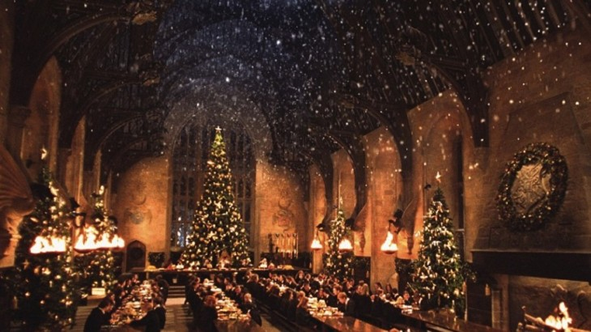
Hogwarts diner at Christmas time. It is snowing inside the castle! (from Harry Potter film saga).
b) Supernatural fiction: Sci-fi stories which are set in the real world, but they involve secret knowledge or hidden abilities that include witchcraft, spiritualism, and psychic abilities.

Telepathic communication.
c) Utopian fiction: Sci-fi stories which depict civilizations the authors consider to be perfect, ideal societies. Works under this subgenre are often satirical.
d) Dystopian fiction: unlike utopian fiction, dystopian sci-fi stories are set in societies where everything seems to go wrong; hence, the future seems dark. Usually, the characters are immersed in disease, poverty, oppression, etc.

Scene from Ready Player 1 film version.
e) Space opera: Sci-fi stories related to this usually take place in outer space. It is believed that space opera novels center around conflict, romance, chivalry, and adventure.
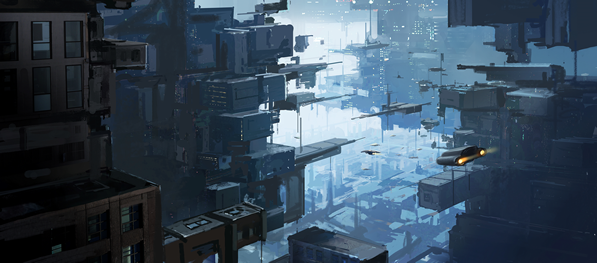
Futuristic space.
f) Space western: Sci-fi stories that blend elements of science fiction with elements of westerns. The topics likely to be found in this subgenre are exploration of new lawless frontiers, sword fights (usually with ray guns), and robotic horse riding, which are basically the themes in westerns.
g) Cyberpunk: If a sci-fi story blends advanced technology and a broken down or collapsed society, we have a cyberpunk novel.
h) Steampunk: Sci-fi stories offer a retro-futuristic view because they blend technology with steam-powered machinery, inspired in the 19th-century steam-powered or mechanic machines.
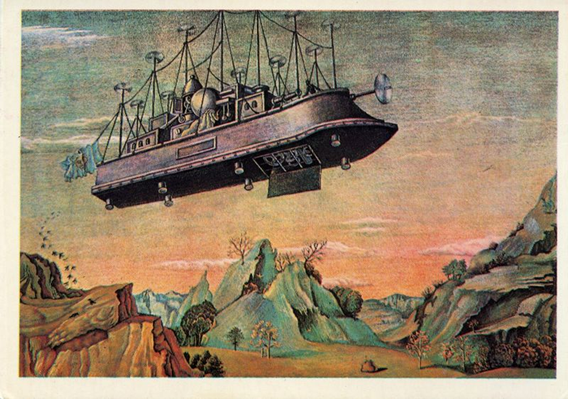
Jules Verne’s flying machine.
5- Which are the common elements of sci-fi novels?
Most science fiction novels are based on the writer’s vision of future. Hence, they tend to include some common scenarios featuring futuristic concepts. However, the themes of science fiction literature have a lot to offer, for example:
a) Time travel: whether a portal found underground, or a time-travel machine taking the characters to the past or future, time travel is a fascinating theme because it gives the readers a sense of power by changing some events in the past, or even future.

b) Teleportation: as it involves the hypothetical transfer of matter or energy from one point to another without traversing the physical space between them, it seems to go hand in hand with time travel.
c) Extrasensory perception: it refers to the reception (and usually also sending) of information gained through the mind, not through physical senses. Some examples are telepathy, clairvoyance, and precognition.
d) Extraterrestrial and mutant lifeforms: sometimes, humans are just not enough to convey a message. Hence, extraterrestrial lifeforms (also known as aliens) and mutants (an organism resulting from an alteration of DNA) have been concocted in order to make the story more appealing to the readers.
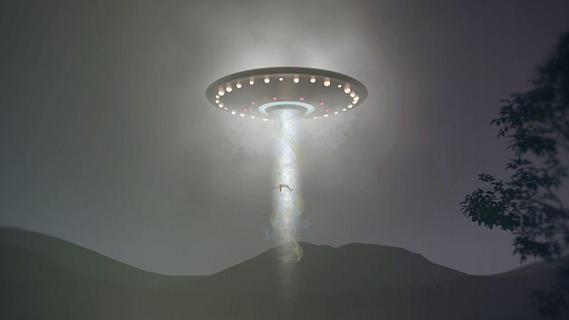
e) Space travel and interplanetary warfare: it is a known fact that human beings have been curious about life on other planets. However, since that knowledge has not materialized yet, we can speculate about inhabitants of other planets all we want… what if aliens are plotting against us? There would be a war!
f) Fictional worlds: (also fictional universe) refers to a setting with all its events and elements, which is different from the real world.
g) Advanced technology and science: it refers to the invention of technological devices or scientific discoveries that have not happened yet. For example, Verne’s short story In the Year 2889 (1889) projects one of the first video conferences recorded in literature; more than one hundred years before video conferences actually existed.

|
Glossary Clairvoyance (noun): the alleged ability to see future events or to communicate with people who are dead or far away. Precognition (noun): the knowledge that something will happen in the future, which somebody has because of a dream or a sudden feeling. Concoct(ed) (verb): to make up or invent something. Plot(ting) (verb): to make a secret plan to harm somebody, especially a government or its leader. Setting (noun): an environment where something happens, especially in literature and film. |
6- Comprehension Activity
It is time for you to put everything you have learnt to practice. Remember, if you are not sure about your answer, you can review this content as much as you need it.
Instructions: According to part 3.1 of this content, classify the novels below into sub-genres of science fiction and justify your choice. Write your answers in a notebook or piece of paper. Then, when you finish, check your answers using the answer key below.
|
A. Never Let Me Go by Kazuo Ishiguro (2005) takes place in England during the 1900s. the novel depicts a world where human cloning is legal. Clones are created in order to harvest organs to save humans, until there is no organ left in the clones. Hence, they die. |
|
B. Neuromancer by William Gibson (1984) is set in the future and portrays Henry Case, a hacker hired for one last job, where he will have to deal with artificial intelligence. the world is a dark place, where people’s central nervous system is damaged as punishment for stealing. The novel inspired the creators of The Matrix saga, who took some Neuromancer‘s elements into the films. |
|
C. Dune by Frank Herbert (1965) tells the story of a young boy, Paul Atreides, whose family accepts to be guardians of the planet Arrakis. The planet is famous for being sparsely inhabited and for being the only place where the “spice” (a drug known for enhancing mental abilities and extending life) grows. The boy and his family encounter a lot of adventures and misfortunes. |
Answer Key
A. Dystopian fiction. Since the novel offers a world where scientific advances take over, the clones only fulfill the purpose of being an organ repository, they are not considered “persons”.
B. Cyberpunk. Because this sci-fi story juxtaposes the world as an unfriendly place and technological advances.
C. Space opera. The story is set in another planet and the characters face different adventures, therefore, this novel can be classified as space opera fiction.

